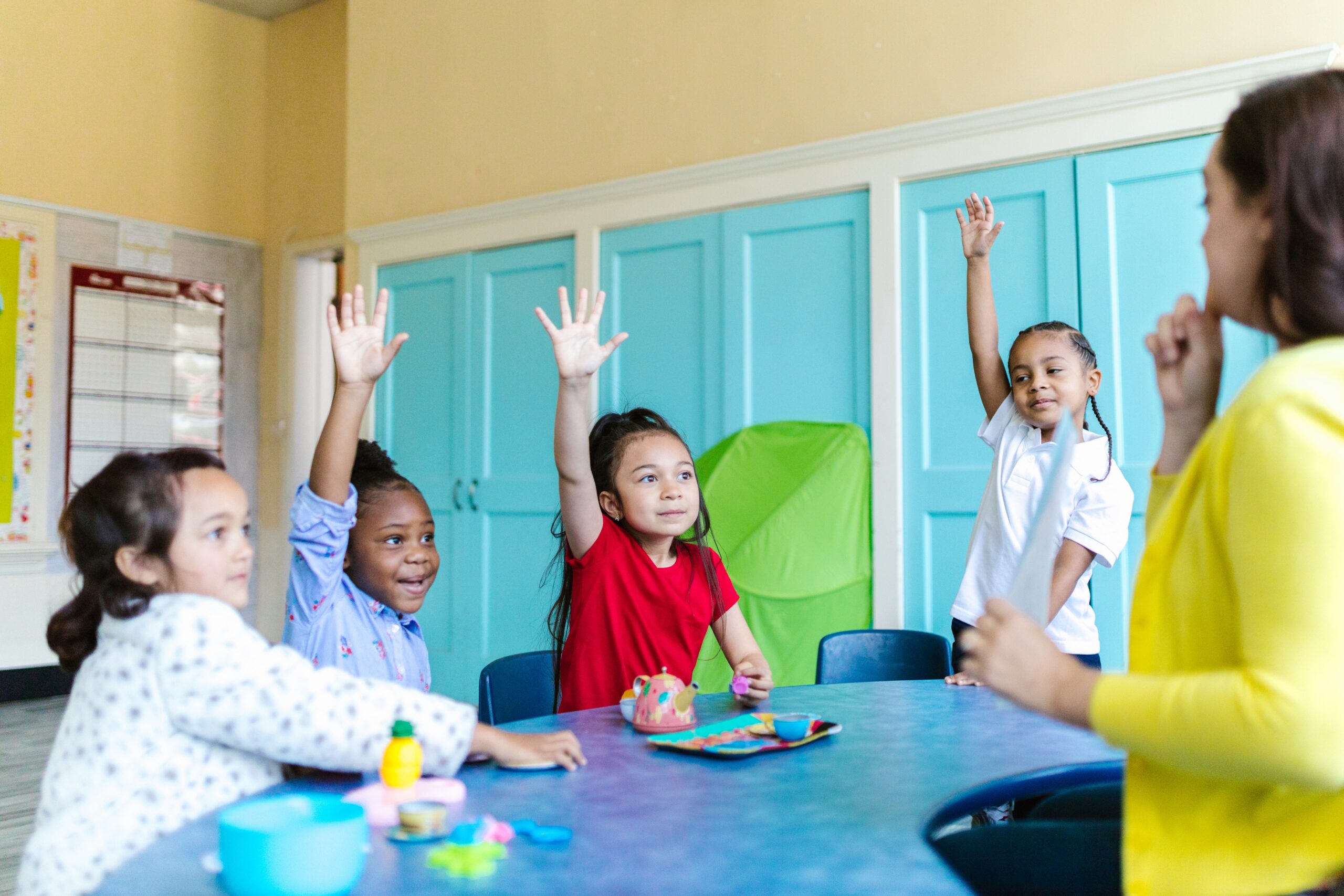
03 Aug Navigating the Back to School Transition
As the carefree days of summer come to an end, children may experience a mix of emotions when faced with the back-to-school transition. The shift from a relaxed summer schedule to the structured routines of school can be challenging for some kids, causing anxiety, stress, and reluctance. Here are some ways that you can ease the transition back to school for your family:
Acknowledge and Validate Feelings
Instead of dismissing children’s concerns, take the time to listen and understand what they are going through. It’s common for kids to experience a mix of excitement, nervousness, or even sadness about leaving behind the freedom of summer. Letting them express their emotions creates a safe space for them to process their feelings and builds trust in the therapeutic relationship.
Establish a Predictable Routine
One of the most effective ways to ease the back-to-school transition is by gradually reintroducing a structured routine. During summer vacation, routines may have become more relaxed, and it’s crucial to prepare kids for the shift in schedule. Help children create a consistent daily routine that includes designated times for waking up, meals, playtime, and bedtime. Predictability brings a sense of security, making the transition smoother for the child.
Address Anxiety and Fears
Some children may have anxieties and fears related to school, such as meeting new teachers, making friends, or handling academic challenges. Encourage kids to identify their fears, challenge negative thoughts, and replace them with more positive and realistic ones. Visualization and deep-breathing exercises can also help reduce anxiety and promote a sense of calmness.
Visit the School Environment
Familiarity breeds comfort. For children transitioning to a new school or grade, arranging a visit to the school before the first day can be incredibly helpful. Explore the classrooms, meet teachers, and get a sense of the school’s layout. This helps children feel more at ease on the first day, as they’ll already have some familiarity with their new surroundings.
Encourage Socialization
Friendships play a significant role in a child’s overall well-being and happiness at school. Therapists can help kids develop social skills and boost their confidence in making new friends. Role-playing scenarios can be a useful technique to practice social interactions and build the child’s social comfort. Additionally, encouraging participation in extracurricular activities can also help kids find like-minded peers and foster a sense of belonging.
Foster Open Communication
Effective communication between parents, educators, and therapists is essential to support children during the back-to-school transition. Therapists can work collaboratively with parents and teachers to share insights about the child’s emotional well-being and identify any potential challenges. Regular check-ins allow for early intervention if needed, ensuring that the child receives the support they require.
By acknowledging their feelings, establishing predictable routines, addressing anxiety, fostering socialization, promoting healthy habits, and fostering open communication, we can create a supportive environment that enables children to thrive in the new school year. When appropriate, enlisting the support of a therapist can help foster new skills for coping with anxiety, making new friends and communicating fears clearly.
If you’d like more support with the back-to-school transition, you can reach out to your student’s teacher, school personnel or consider working with a therapist to put together a plan for the return to school. Feel free us at (734) 323-4897 or info@galvingrowthgroup.com to schedule a consultation. Galvin Growth Group offers a wide range of therapists in Novi, Michigan and via teletherapy anywhere in the state. M
Sources
Centers for Disease Control & Prevention, Helping Young Children and Parents Transition Back to School
PBS, How to Help Your Child Transition Back to School Successfully

